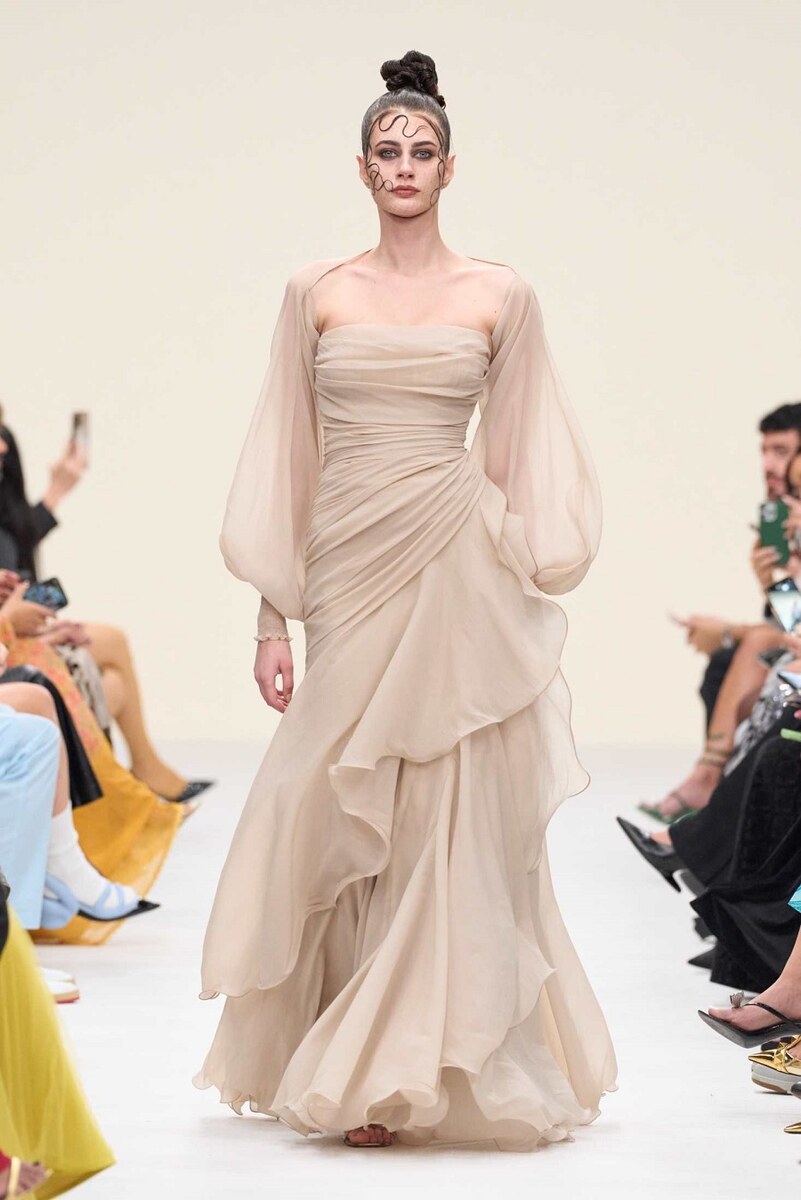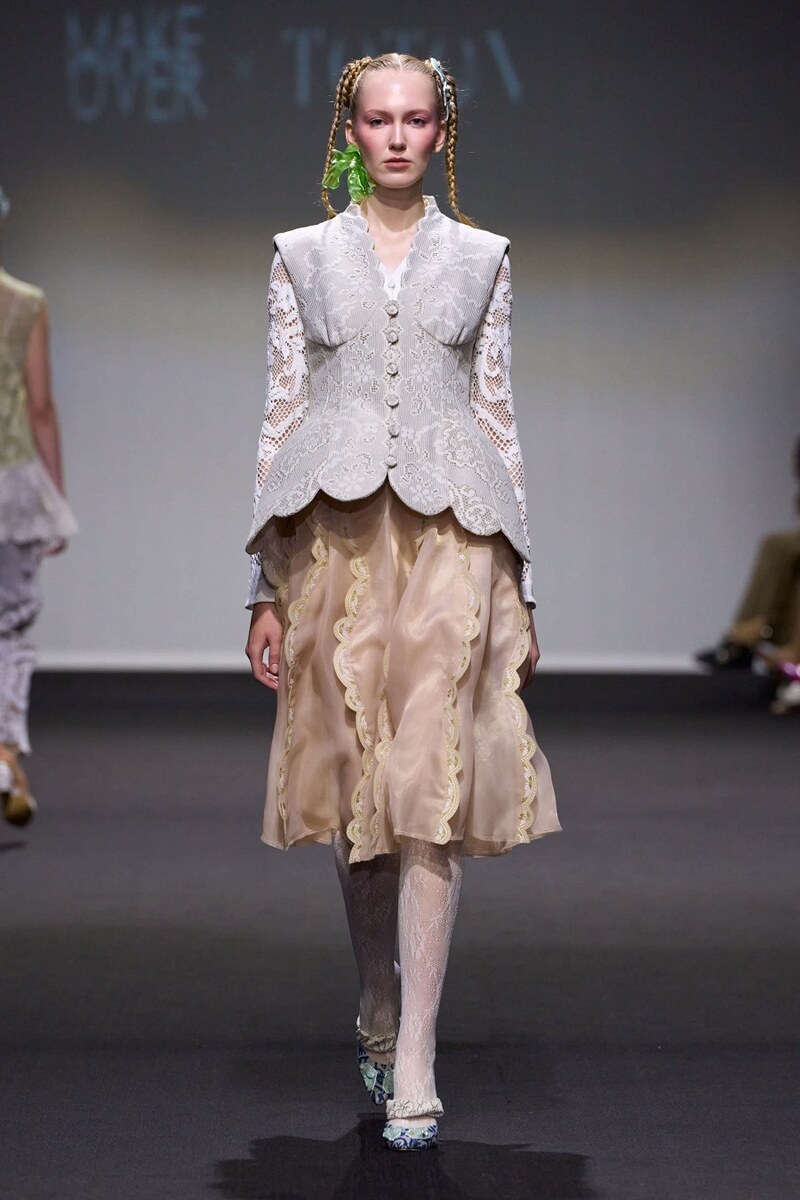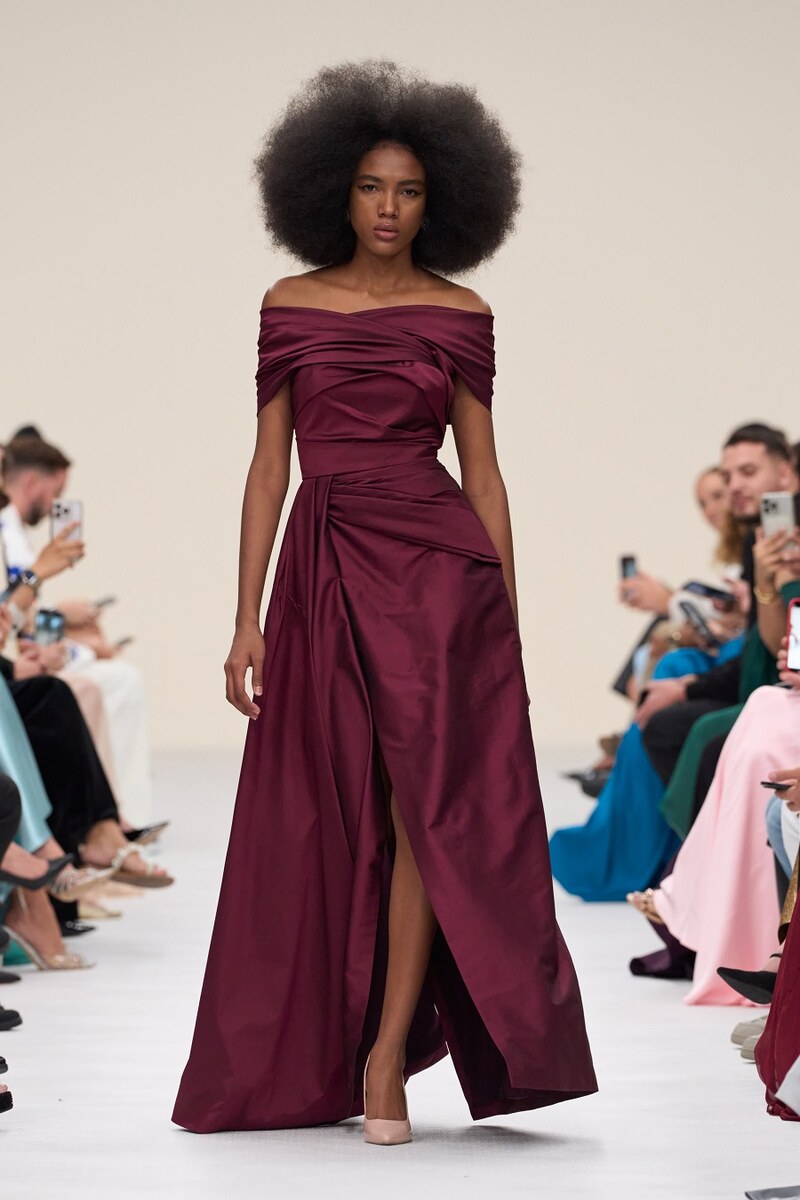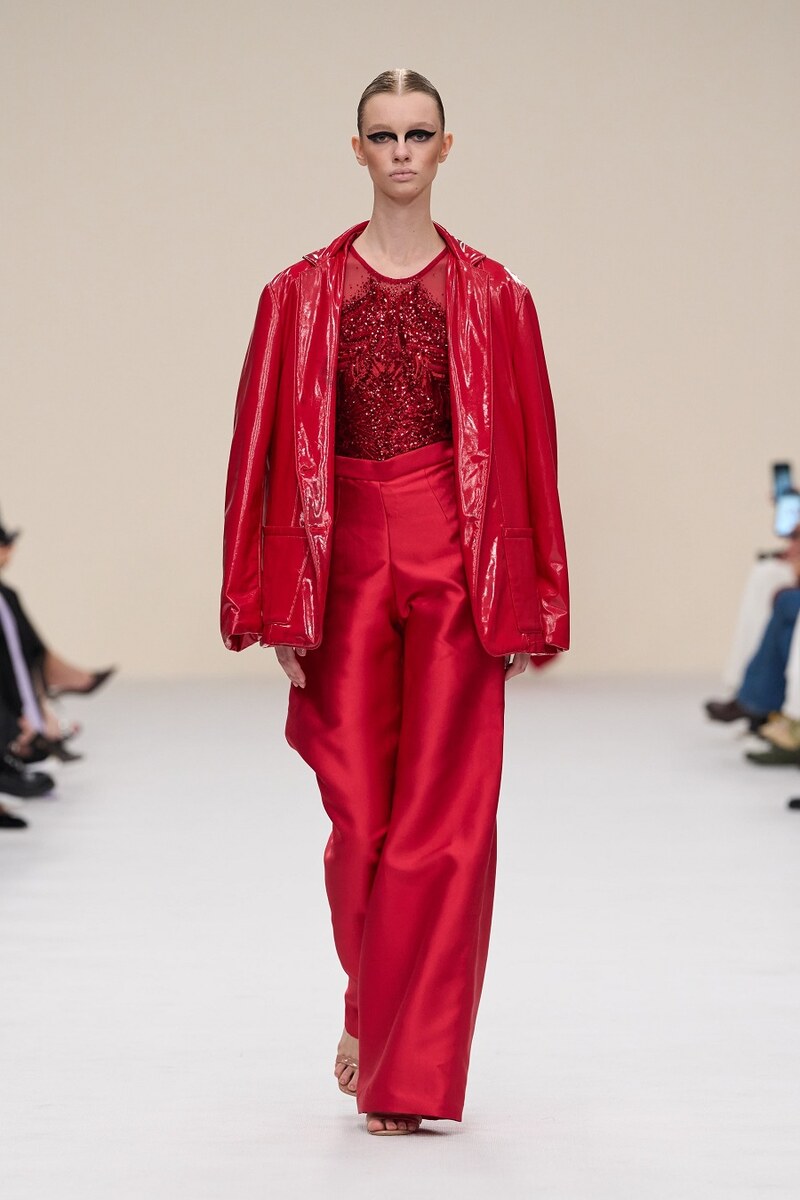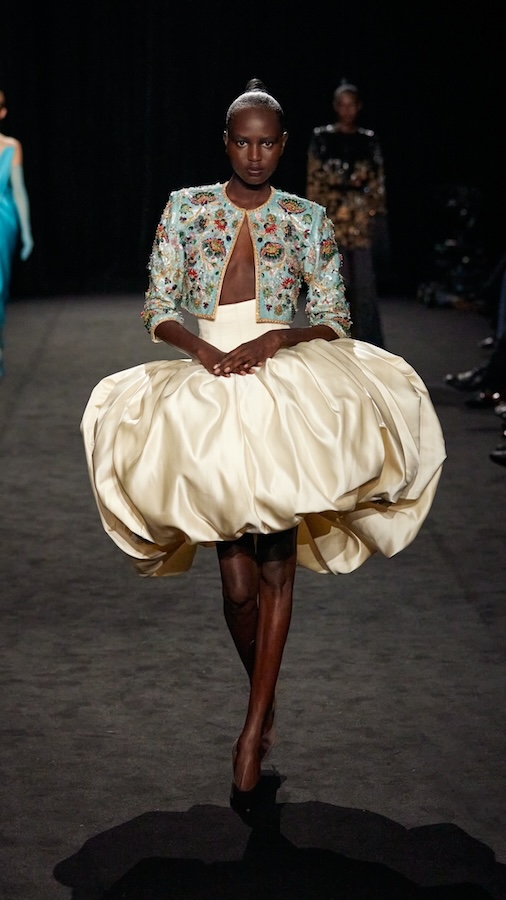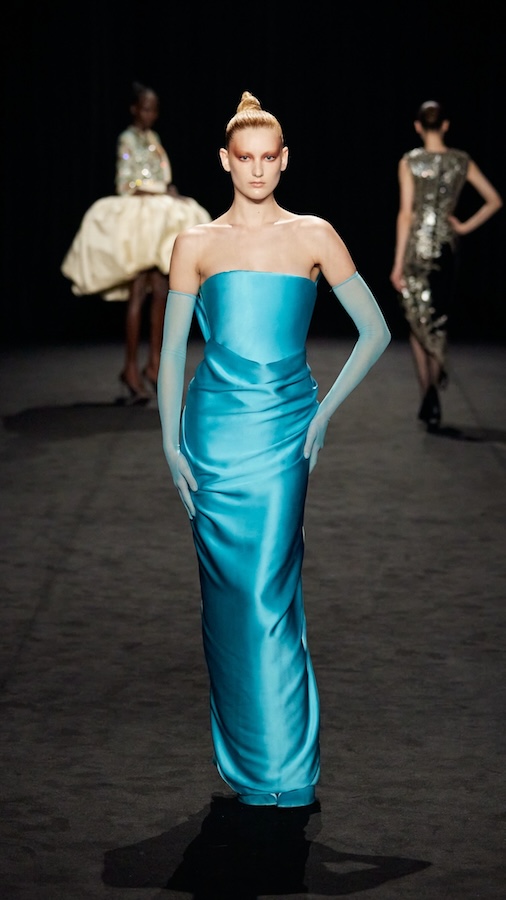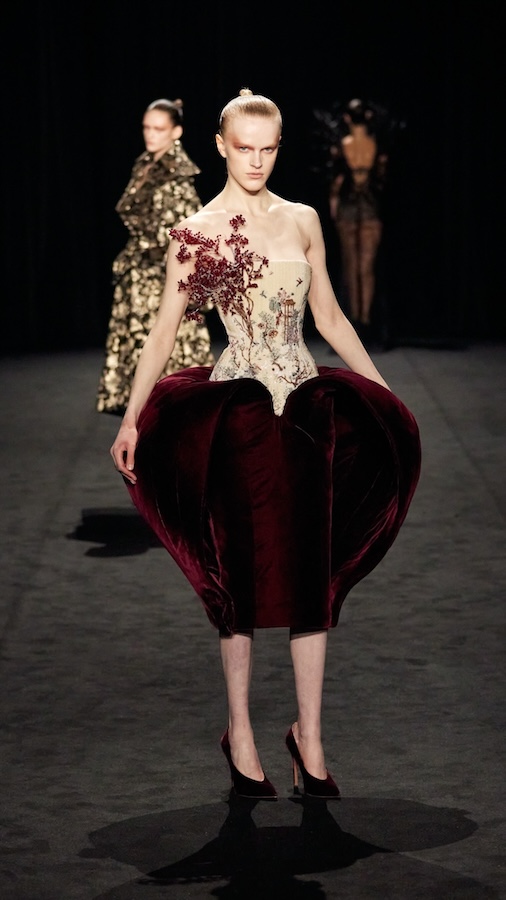DUBAI: The Saudi-French cultural institution Villa Hegra — intended as “an incubator for artists and creators” — celebrated the first anniversary of its pre-opening program in July. It has been a year marked by a wide range of cultural activities and concerts, artistic retreats and research programs in the heart of AlUla as part of Villa Hegra’s first pre-opening cycle, which runs until the end of this year.
Villa Hegra was officially established in an intergovernmental agreement signed on Dec. 4, 2021, by Saudi Arabia’s Minister of Culture Prince Badr bin Abdullah Al-Saud and Jean-Yves Le Drian, then-French minister of foreign affairs, now president of AfAlula (the French Agency for AlUla Development). One of Villa Hegra’s goals is to foster cultural dialogue between Saudi Arabia and France.

Artists from the Opera National de Paris met with students of the AlUla Music Hub, as part of the Villa’s recent partnership with the opera. (Supplied)
“It is not a private initiative. It is a state-to-state initiative that represents the willingness of two parties to collaborate at the cultural level,” Fériel Fodil, CEO of Villa Hegra, told Arab News’ French edition. “The villa will be a cluster of three assets: the cultural center, where the artist residencies will take place, and which will include a school for tourism and hospitality (Firendi AlUla); an apartment hotel with 80 rooms; and the villa itself.”
The ultimate aim is to foster dialogue between both international and regional artists, local communities, and the oasis of AlUla.
“When I think about architects, I go back to their ethos around working with nature rather than against it. When I think about the villa, I want to build humble yet impactful programs (for it),” Fodil said. “Architects in Alula add, complete, and transform. They build around trees to preserve the oasis.”

American-Saudi artist Sarah Brahim and French artist Ugo Schiavi were the first of Villa Hegra's artists to travel to AlUla in July 2023, as part of the Villa's first preopening cycle. (Supplied)
Villa Hegra will be home to spaces for the performing arts, dancing, research, a digital studio, visual arts exhibitions, and yoga and fitness. It will also host artist residencies. The cultural center and the artist residencies are scheduled to launch towards the end of 2026, following the year-long second cycle of the pre-opening program. The hotel and Firendi AlUla should open in 2027.
Part of Villa Hegra will also be dedicated to a regeneration of the town’s oasis, and the 10-hectare site itself will connect two fundamental elements of AlUla's landscape: the urban and the natural.
“We are not (an add-on), we are rooted within the town,” said Fodil. “It is a very dense plot, and then very scattered in the oasis part. That (design) is going back to the heritage of AlUla where you have a winter farm and a ‘rihla’ — or journey — between the winter farm and the summer farm.”
Villa Hegra has already initiated research into the cultural and socio-economic impact of cultural activations by the Royal Commission for AlUla on the local community. “The cultural center’s main objective is to engage with the community. We are working on the cultural program to reach the villa’s local and international ambition equally,” Fodil said.
“We are trying to have a number of pre-opening programs — exhibitions for artist residencies, and public outreach activities, around podcasts, publications, and cinema,” she continued.
Naturally, French culture will play a major role. Following a successful concert organized by Villa Hegra at Maraya Concert Hall in January, the Opéra national de Paris will be back in AlUla to perform and to hold further workshops. The villa’s partnership with the Opéra national de Paris is in line with the Kingdom’s cultural ambitions, with the Royal Diriyah Opera House set to open in 2028.
And over the past year, Villa Hegra has partnered with several leading French institutions to offer unique cultural initiatives, enrich AlUla’s cultural landscape, and facilitate the exchange of knowledge between Saudi Arabia and France. More than 20 French and Saudi artists have been collaborating and sharing knowledge at the villa, and more than 300 children and teenagers from the local community have participated in multidisciplinary workshops. There have also been talks given by experts in the fields of music, cinema, visual arts, architecture and the performing arts.
As part of its second pre-opening cycle, along with the performance from the Opéra national de Paris, the villa will also host a science and arts workshop for children and teenagers, and a week of initiation into moviemaking and the history of cinema.
The distinctiveness of the villa lies in its duality — Saudi and French, urban and oasis, open to children and adults, and with a local and international outreach.
Partnerships are essential to the cultural identity of Villa Hegra. Whether through student exchange programs, research, or live events, the objective is to build momentum around art in the region.
“We are also trying to find partners from the Saudi side, such as Hayy Jameel in Jeddah,” Fodil said. “We are looking for partnerships that have a look and feel of dialogue and have a training component to them, while bringing the best of both French and Saudi expertise.”








